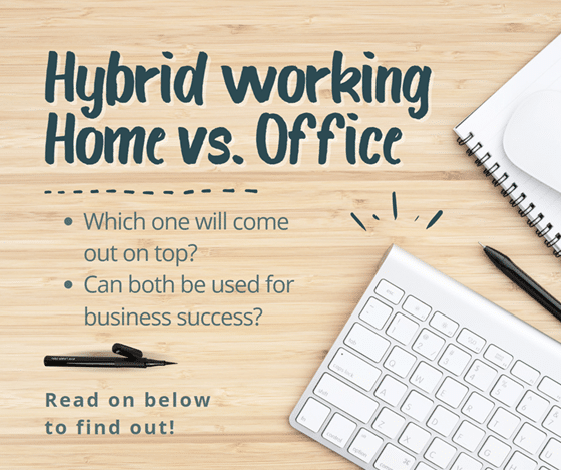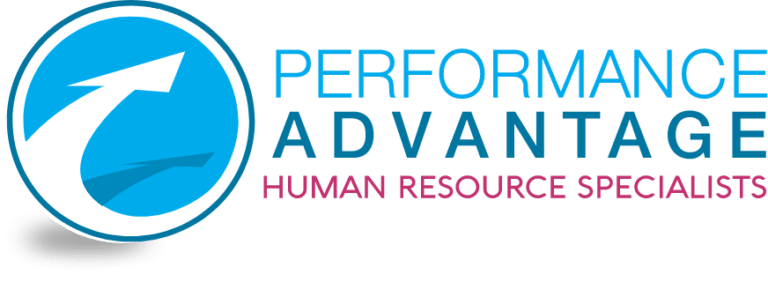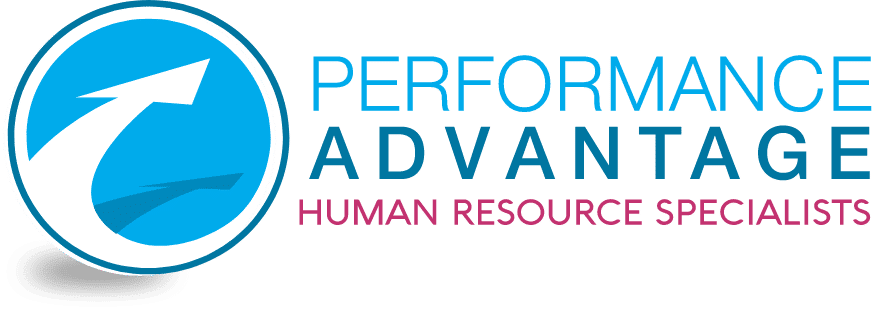
Navigating the Hybrid Work Landscape: A Balancing Act for Australian Employers
In the ever-evolving landscape of Australian workplaces, a significant divergence of opinions on the future of work has surfaced. Nearly four years post the paradigm shift caused by the pandemic, the tug-of-war between office-based work and hybrid arrangements is intensifying.
As we usher in 2024, a pronounced demand for hybrid work is emerging among office employees, while some employers are adamant about reverting to the traditional full-time in-office model. Here, we will delve into the challenges and opportunities presented by the hybrid work model and explores strategies for making it a success.
The Current Landscape:
According to a compelling October 2023 KPMG report surveying over 1300 CEOs globally, two-thirds of CEOs expect their staff to return to full-time office work within the next two to three years. Despite the current advantage held by Australian employees in a low unemployment climate, futurist Ben Hamer warns against waiting for market dynamics to shift. Hamer emphasises that clinging to a rigid in-office approach could erode trust, impact engagement, and subsequently hinder productivity and performance.
Designing Around Work Risks:
Approximately 35% of Australian jobs can be done remotely, yet only a quarter of those with remote capabilities are fully embracing the hybrid model. Hamer suggests that not offering hybrid work options is becoming a deal-breaker for job seekers across generations. To address the challenges associated with working from home, intentional design of workweeks is crucial. Hamer advocates for recognising the strengths of both office and home environments, ensuring collaboration and social connection in the office, and fostering deep thinking and focused work at home.
Skilling Up Managers:
One key to successful hybrid work lies in equipping managers with the necessary skills. Economist Sarah McCann-Bartlett, CEO of the Australian HR Institute (AHRI), highlights the underutilisation of manager training in managing hybrid or remote workers. She emphasises the importance of training, stating that less than 30% of organisations have trained their managers for the challenges posed by hybrid work. A well-prepared management team is pivotal in navigating the nuances of the hybrid work model.
Evolving Hybrid Models:
Contrary to predictions that remote working may become obsolete within five years, research from AHRI suggests that hybrid working is here to stay. McCann-Bartlett notes a shift in preferences among workers, with a move towards specifying a mandatory minimum number of office days. The evolving nature of hybrid work models underscores the need for employers to adapt and align with the changing expectations of their workforce.
Flexibility and Legal Shifts:
While the percentage of Australians working from home has only seen a modest increase from 32% to 37%, legislative changes have significantly altered the landscape of flexible work arrangements. A federal bill now grants workers the right to request flexible work, and employers must consider and discuss such requests, with refusal requiring reasonable business grounds. This shift emphasises the importance of fostering a culture that supports flexibility.
Promoting Diversity Through Flexibility:
KPMG’s global survey suggests a potential inclination among company heads to incentivise in-office work through promotions or salary increases. However, Hamer raises a crucial point about the potential negative impact on diversity. He warns that such incentives may perpetuate unconscious bias, disproportionately favouring males and hindering efforts to close the gender pay gap. McCann-Bartlett echoes the sentiment, emphasising that flexibility, including hybrid work, promotes diversity in the workforce.
Conclusion:
As Australian workplaces navigate the crossroads of hybrid work, the key lies in adapting with intentionality. The call to embrace flexibility, skilling up managers, and recognising the diverse needs of various roles underscores the nuanced approach required. In this ever-changing landscape, the challenge is to strike the right balance, recognising that “one size fits nobody” and leaning into the subtleties of individual roles and preferences. The future of work in Australia demands an open-minded and adaptive approach, ensuring that the benefits of hybrid work are harnessed without compromising employee well-being and organisational performance.
The key in finding success for any organisation implementing hybrid work models is finding balance. If you are looking for further advice about striking the right balance for your business, or simply want further information about anything we’ve said here, please call us on 0408 897 079 or email us at suzanne@performanceadvantage.com.au.





